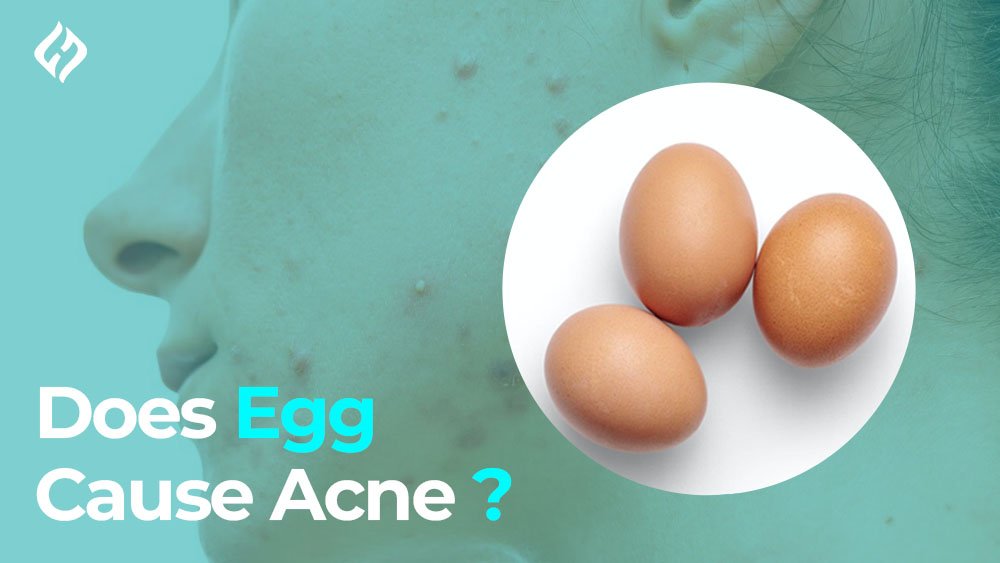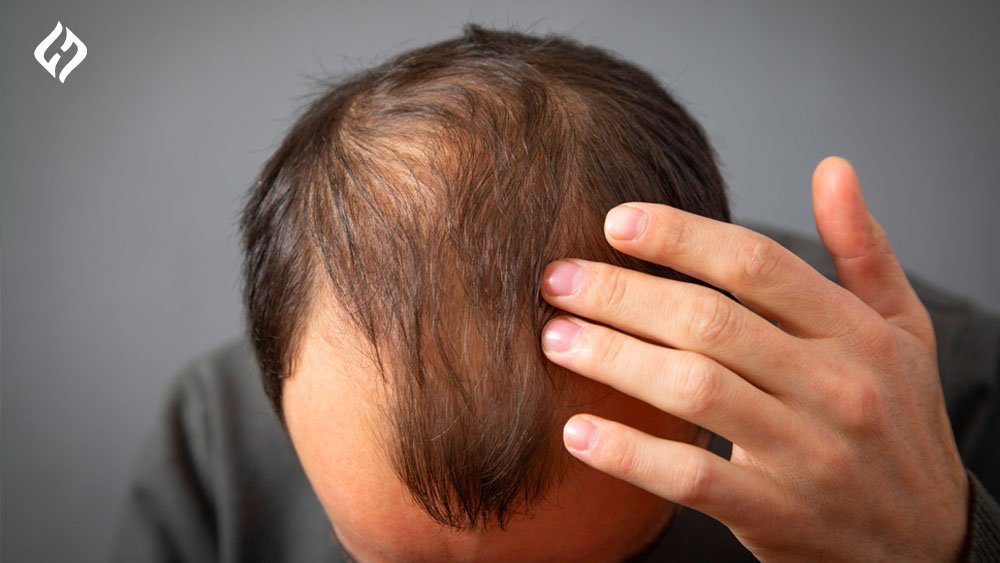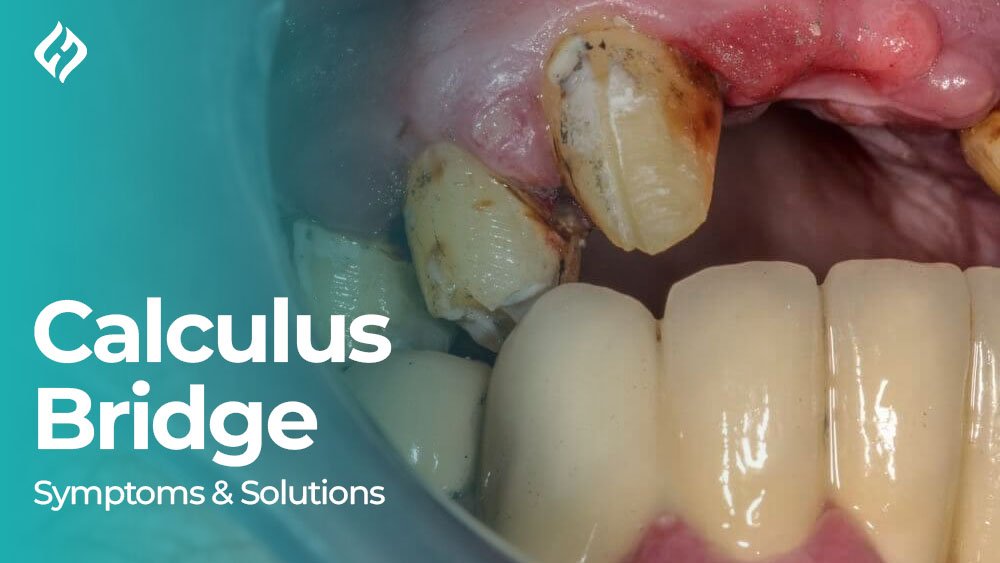Introduction
Wisdom teeth removal is a common procedure, and it is very important for the health of the mouth. After the process of extraction, the surgical sites are so important to stitch up for help, promote healing, and prevent infection.
The wisdom teeth stitches are very necessary for the recovery of this procedure and tell how to care for them. It is significant and takes less time to heal at a young age.
In some cases, the stitches dissolve on their own, or in some cases, it needs to be removed. In this, we have to cover everything about wisdom teeth stitches, which include types, care, tips, potential issues, and the healing process.
What Are Wisdom Teeth Stitches?
Wisdom Teeth stitches are also called sutures, which are used by oral surgeons and dentists to close the site of extraction after the removal of wisdom teeth.
The stitches help to stabilize the tissue, promote healing, and protect the area from infection. Without stitches, the process of healing becomes longer, and the risk of complications like dry sockets would also increase.
Types of Wisdom Teeth Stitches
There are two major types of wisdom teeth stitches which are commonly used:
Dissolvable (Resorbable) Stitches: These stitches don’t need to be removed from the mouth; they are dissolved properly within 7 to 10 days, but the exact healing duration depends on the material used in stitching. Most oral surgeons prefer the need for a regular visit to remove them.
Non-Dissolvable Stitches: These stitches are made from materials like silk or nylon. These stitches are removed properly by the dentist because their stitches can not be dissolved on their own.
The oral surgeon removes it within 7 to 10 days after the procedure. Non-dissolvable stitches are usually used for larger incisions and minimizing scarring.
Your dentist tells you about both the types of stitches that are used during surgery, and they provide you with instructions on how to care for them.
How Long Does It Take for Wisdom Teeth Stitches to Dissolve?
Dissolvable stitches are completely dissolved after a few days of surgery. But stitches of anywhere completely dissolve within 1 to 4 weeks.
Factors which depend on the dissolution of stitches include;
- the type of stitches
- how much time your body needs for healing
These factors tell how quickly or late your stitches will disappear completely.
If you have another type of stitches, like non-dissolvable stitches, you will make an appointment with your dentist or oral surgeon after 7 to 10 days of surgery.
It is very important that you don’t attempt any step to remove stitches on your own because the premature removal of stitches increases the risk of infection in the mouth, which causes serious complications for you as a result.
How to Care for Wisdom Teeth Stitches
Proper care is important for wisdom teeth stitches, which makes it difficult to achieve a smooth and risk-free recovery. Here are the procedures that are beneficial for you;
1. Maintain Oral Hygiene:
Rinse your mouth gently with warm water all over the 24 hours after surgery because it is beneficial for the cleanliness of the surgical site.
Avoid the process of forceful brushing because it disturbs the stitches, and maybe you won’t recover it early.
Chlorhexidine mouthwash is essential for reducing the risk of infection. Use it as directed by the dentist.
2. Avoid Disrupting the Stitches:
Remember never to use the toothbrush near the area of surgery for 3 to 7 days.
Don’t smoke because your clot is dislodged and causes a severe issue for you.
Don’t tap your stitches through the tongue or finger because it is best to leave them for 7 to 10 days for healing.
3. Food and Drink:
Eat soft foods that dot your stitches, like yogurt, mashed potato, eggs, and smoothies, during the first few days of surgery to avoid the irritation.
Try to stay away from sticky and crunchy food because it disturbs the stitches and increases the healing period by disturbing stitches.
Avoid alcohol or carbonated drinks, as they can irritate the stitches and the extraction site.
4. Monitor for Signs of Infection:
Take care and notice the following signs of infection:
- Constant feeling pain and don’t feel any improvement
- Redness around the stitches.
- Stitches discharged a pus or blood.
- High fever.
- Feel nausea and unpleasant taste.
Keep in mind if you notice any of the above symptoms, immediately contact your dentist or oral surgeon to receive treatment and prevent yourself from further complications.
What to Do If You See a Loose or Fallen Stitch
Sometimes, stitches dissolve or become loose. This is normal in dissolvable stitches. If a stitch completely disappears without any bleeding or infection, then it is not a cause for concern with the dentist.
However, if you see any of the following signs, then immediately visit or call your oral surgeon.
- The wound of your mouth is open, or it is bleeding.
- Signs of infection like swelling, redness, or pain are present.
- A stitch irritates your mouth from the inner side.
How Long Does It Take for Wisdom Teeth Sockets to Heal Fully?
The stitches are dissolved within a few days, but the healing of extraction takes a longer time. Complete healing of the wisdom teeth sockets takes about 3 to 4 weeks.
During this process, you feel some discomfort because the area of the extraction site regrows tissues, and the bone beneath the socket will also heal.
Complications to Watch Out For
The wisdom teeth stitches are a daily procedure; complications can arise. Here are a few issues related to stitches and healing.
- Dry socket: This painful condition occurs when the blood clot of the extraction site is dislodged or dissolves earlier.
It can cause severe pain and delay the process of healing. To avoid this painful issue, you must follow the instructions of your doctor, which are prescribed to you by the doctor after surgery.
- Infection: Infection is usually caused by bacteria entering your wound. If you notice any swelling, redness, pus, or fever, consult with your oral surgeon immediately.
- Tissue irritation: Sometimes, you feel irritation in the gums or the inside of your cheek. If you face this problem, tell your dentist, and they will address your tissues again.
Takeaway: How to Ensure a Smooth Recovery
Wisdom tooth extraction is not a difficult process, but with proper care. Your recovery should be smooth. Remember;
- Follow the instructions of your doctor.
- Take care of your stitches through soft drinks or soft food.
- Keep the area clean and watch for signs of infection.
- Be patient because it takes several months for recovery.
With dissolvable stitches, there is no tension in removing them; they dissolve on their own within 3 to 7 days, and the healing process of these stitches becomes smoother.
If you have any fear related to anything, don’t hesitate to consult with your oral surgeon for their instructions immediately.
Conclusion
For a fast recovery, understanding the wisdom teeth stitches and taking the necessary steps are important. By following the right methods, you can heal the infection or surgery in a limited time without any complications like dry sockets, and your healing process becomes smoother.
If your stitches need or don’t need any removal. Both cases require time for healing. By being proactive, you have to experience a positive post-surgery experience and enjoy a healthier, pain-free mouth for a long time.
Frequently Asked Questions (FAQ):
How do I know if my wisdom teeth stitches are infected?
- Look for swelling, redness, pain, pus, bad breath, or fever. If you notice these, see your dentist.
Can I exercise after wisdom teeth surgery?
- Avoid exercise for at least 3–5 days to prevent bleeding and swelling. Start light and listen to your body.
Is it safe to eat solid foods after stitches dissolve?
- Yes, but start with soft foods and gradually add harder foods as your mouth heals.
Also Checkout: How Long Until a Tooth Infection Kills You?

















One Response